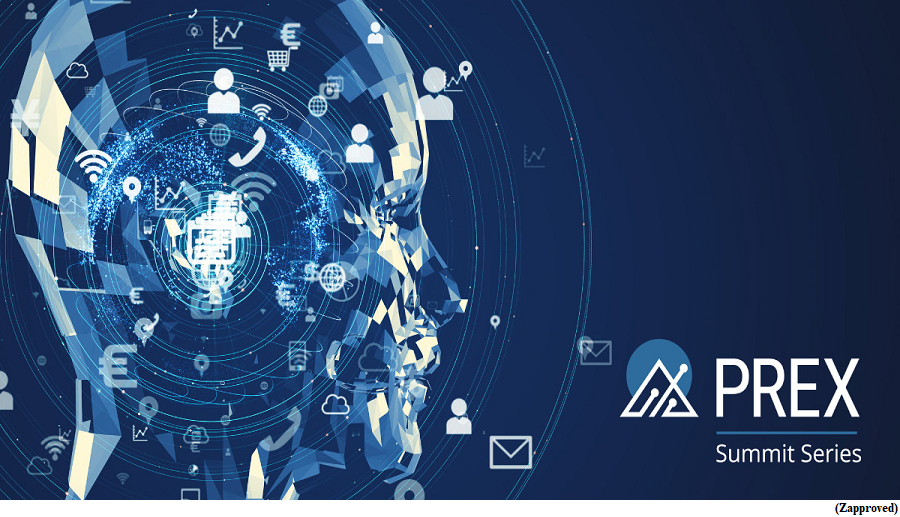Dealing with deepfakes (GS Paper 3, Science and Technology)

Context:
- Deepfakes have the potential to cause significant damage. Deepfake technology; videos, audio or images that have been manipulated by AI to impersonate real people has advanced so much in recent years that it now poses a real security threat to businesses.

What is deepfake?
- A deepfake is something that a machine has produced using deep learning and which contains false information.
- It pays to keep the definition of deepfakes, however vague, in front of us because of the way deepfakes distort reality and attempt to persuade us that something false is true.
An ‘upgrade’ from Photoshop:
- Recently, the wrestlers protesting peacefully in New Delhi were tackled to the ground, arrested, and boarded in a van to keep them from disrupting the inauguration of the Parliament building. Shortly after, a photo appeared to show four of the beleaguered wrestlers posing with wide smiles for a selfie in the van.
- If one would have believed the photo to be real, one might also have believed that the wrestlers had orchestrated a clash with the police and that they wanted to be photographed while being ‘roughed up’.
- This is what the person who created the photo may have intended. Though it emerged later that this photo had been morphed, and was not a deepfake, creating such visuals has become child’s play.
- Deepfaking is a significant ‘upgrade’ from photoshopping images as it transcends the limits of human skill. Here, machines iteratively process large amounts of data to falsify images and videos, sometimes in real time, and with fewer imperfections.
Global instances:
- Deepfake images and videos thus have an unsettling legacy. People worldwide have already used the technology to create a video of Barack Obama verbally abusing Donald Trump, hack facial recognition software, manufacture ‘revenge porn’, etc.
- Earlier, a deepfake image purporting to show a towering column of dark smoke rising from the Pentagon received sober coverage from a few Indian television news channels. The image was soon found to have been machine-made.
- Alongside deepfaked images and videos, there are chatbots that mimic intelligence, but one can’t tell the difference when they make a mistake. This leads some to believe certain information to be ‘true’ simply because a machine gave it to them.
Advantages:
- Using deep learning, the ALS Association in the U.S. founded a “voice cloning initiative” to restore the voices of those who had lost it to amyotrophic lateral sclerosis.
- Deep learning has also been adapted in comedy, cinema, music, and gaming. Experts have recreated the voices and/or visuals of visual artist Andy Warhol, celebrity chef Anthony Bourdain, and rapper Tupac Shakur, among others, enhancing oability to understand, and even reinterpret, history.
Conclusion & Way Forward:
- Our still-evolving experience with solar geoengineering offers a useful, if also imperfect, parallel. Solar geoengineering involves modifying the climate to be favourable over one part of the planet, by blocking sunlight, but which invariably has planet-wide consequences.
- Many scientists agree that this is dangerous and have called for a moratorium on the use of this technology and for international cooperation led, if required, by a treaty.
- Deepfakes merit a similar response: laws that regulate its use and punish bad-faith actors, and keep the door open for democratic inputs to guide the future of such a powerful technology.
- For now, among all the countries, China has responded strongest. It has banned deepfaked visuals whose creators don’t have permission to modify the original material and which aren’t watermarked accordingly.
- The success of this policy is no doubt assured by the country’s existing surveillance network. Every measure short of this requires at least an ampoule of self-restraint. And that is rooted in the kind of people that we are.



